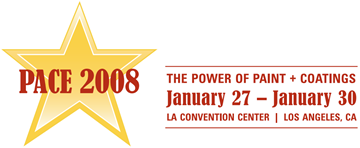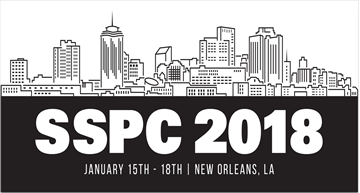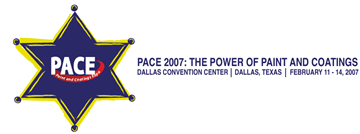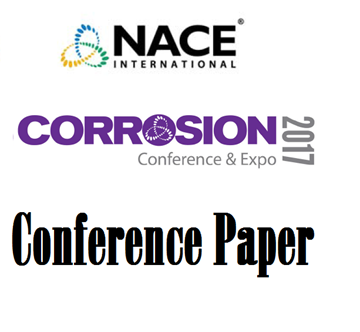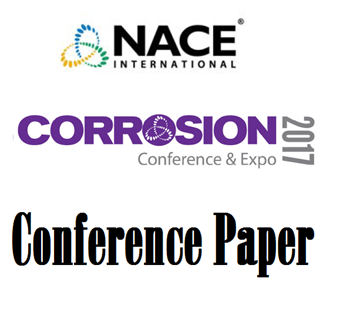Search
Individual Conference Papers
View as
Sort by
Display
per page
Proposed Crack Growth Rate Disposition Curves For Stress Corrosion Cracking Of Alloy 82 In BWR Environments
Product Number:
ED22-18349-SG
Publication Date:
2022
$20.00
Proposed Crack Growth Rate Disposition Curves For Stress Corrosion Cracking Of Alloy 82 In BWR Environments
Product Number:
ED22-18350-SG
Publication Date:
2022
$20.00
Proposed Inclusion of UNS S82031 Into ASTM A1084
Product Number:
51324-21017-SG
Publication Date:
2024
$40.00
Proposed Standard for Levels of Inspection
Product Number:
41208-431-SG
Publication Date:
2008
$20.00
Proposed Test Protocol for Evaluating Internal Coating Systems for Railcar Sour Oil Applications
Product Number:
51324-20646-SG
Publication Date:
2024
$40.00
Protecting Reinforced Concrete Structures With Thermal Sprayed Zinc Anodes
Product Number:
51321-16513-SG
Publication Date:
2021
$20.00
Protecting Steel Reinforcement by Coating Concrete with Thermal Spray Zinc
Product Number:
51324-20750-SG
Publication Date:
2024
$40.00
Protecting Steel Structures From Corrosion With Thermal Sprayed Zinc Duplex Coatings
Product Number:
51321-16512-SG
Publication Date:
2021
$20.00
Protection of Interfaces in Natural Gas Compressor Stations and Petroleum Tank Farms
Product Number:
51218-158-SG
Publication Date:
2018
$20.00
Protection of Concrete Floors in the Food and Beverage Industry
Product Number:
41207-371-SG
Publication Date:
2007
$20.00
Protection of Deep Sea Steel Structures Using Thermally Sprayed Aluminium
Product Number:
51317--9009-SG
ISBN:
9009 2017 CP
Publication Date:
2017
$20.00
Protection of Equipment for Storage and Transport with VCI
Product Number:
51317--9026-SG
ISBN:
9026 2017 CP
Publication Date:
2017
$20.00




